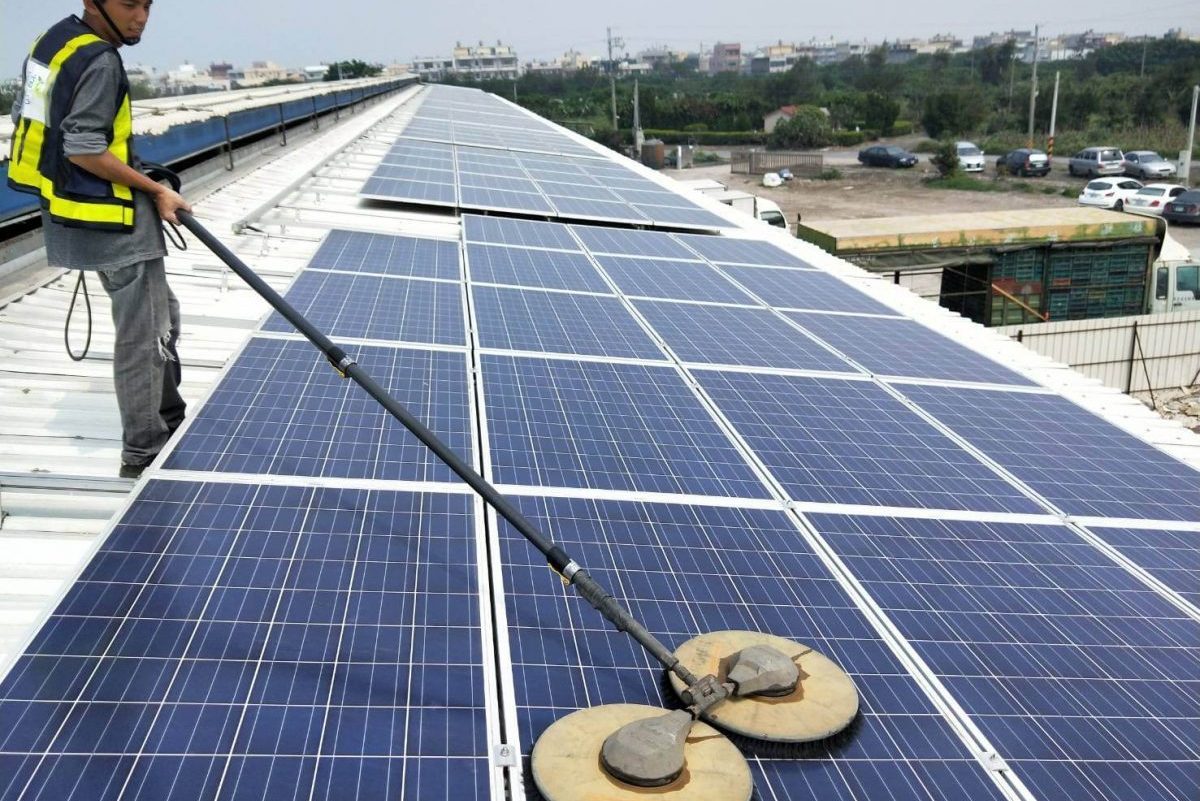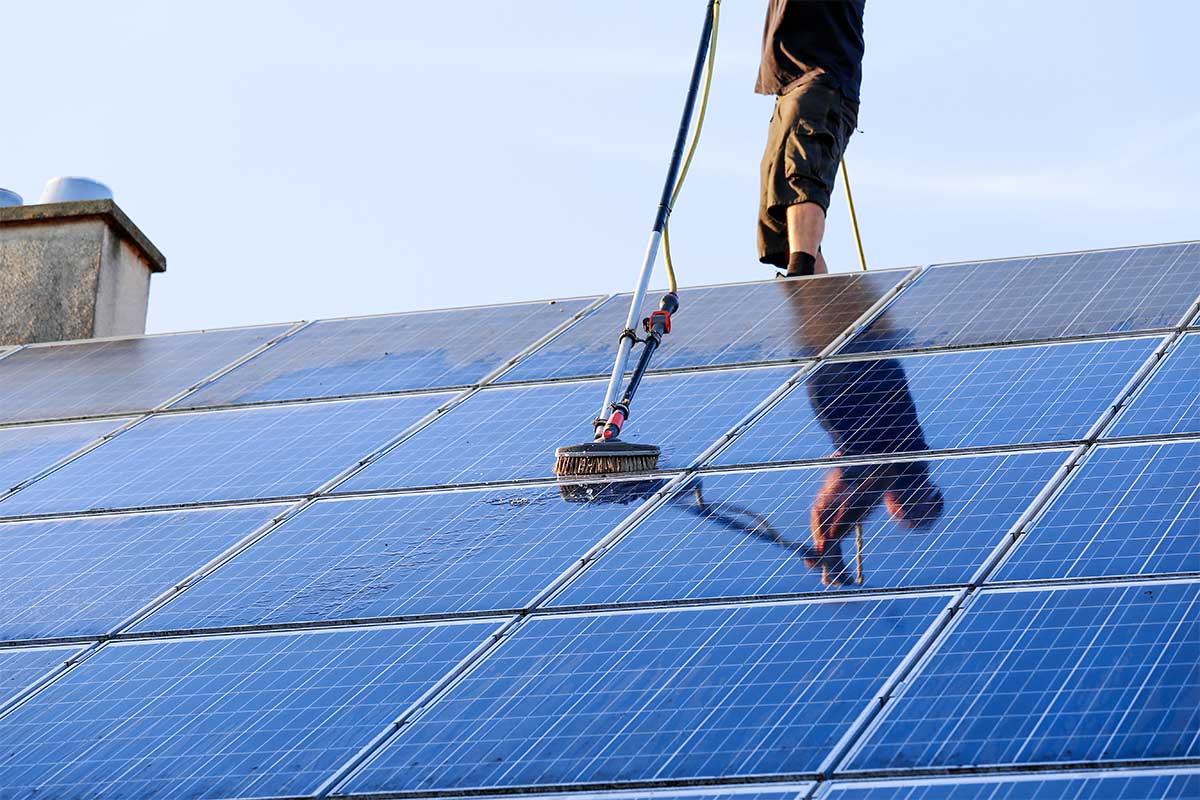The solar industry’s water impact has been mind-boggling even to experts. This is why MIT researchers have created a solution for cleaning photovoltaic panels with the potential to save a significant amount of water.
According to Kripa Varanasi, an MIT Professor, the sector must be very attentive and deliberate about how to make this a viable alternative. As a result, the researchers discovered that by utilizing electrostatic repulsion rather than water to clear debris from solar panels, the sector might save 10 billion gallons of water every year.
The MIT research team created a lab-scale prototype for the particle cleanup process. Their testing indicated up to a 95 percent return of missing power output.
Lab experiments revealed that the decline in solar energy production from the panels occurs rapidly at the start of the dust buildup phase. After four weeks without cleaning, it can achieve a 30 percent reduction.

Although the number may not appear to be substantial, even a 1 percent drop in electricity for a 150 MW photovoltaic system might result in a $200,000 decrease in yearly profit. As a result, a 4 percent decrease in power output from solar facilities would result in a loss of up to $5.5 billion for the facility.
Experts are working hard to develop an innovative cleaning procedure to prevent a decline in solar energy production. According to the MIT team, the new technique involves passing an electrode across the surface and transferring an electrical current to the panel directly.
In lab testing, it was discovered that the technique works best when the humidity level is greater than 30 percent. They further stated that the operation might be carried out remotely for added efficiency.
According to the MIT team, previous studies found that up to 5 million gallons of freshwater are utilized to maintain a 100 MW solar facility. This is clear proof that the industry has to adjust the way panels are cleaned.

